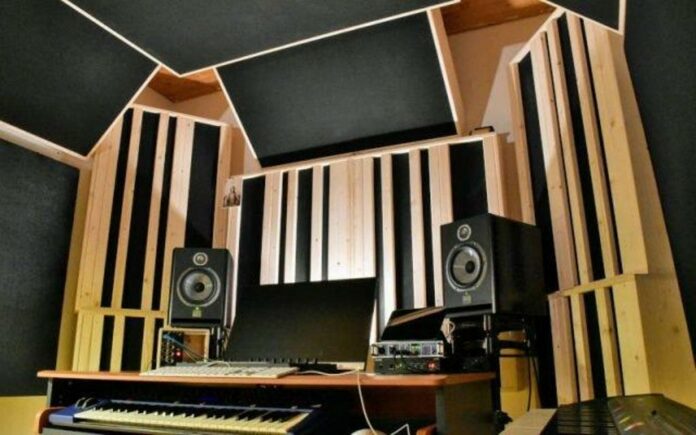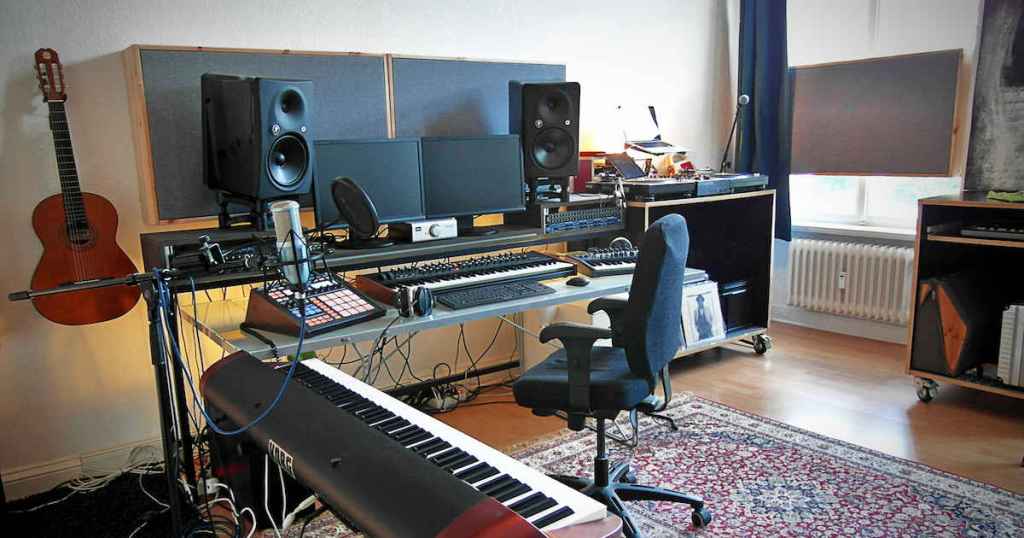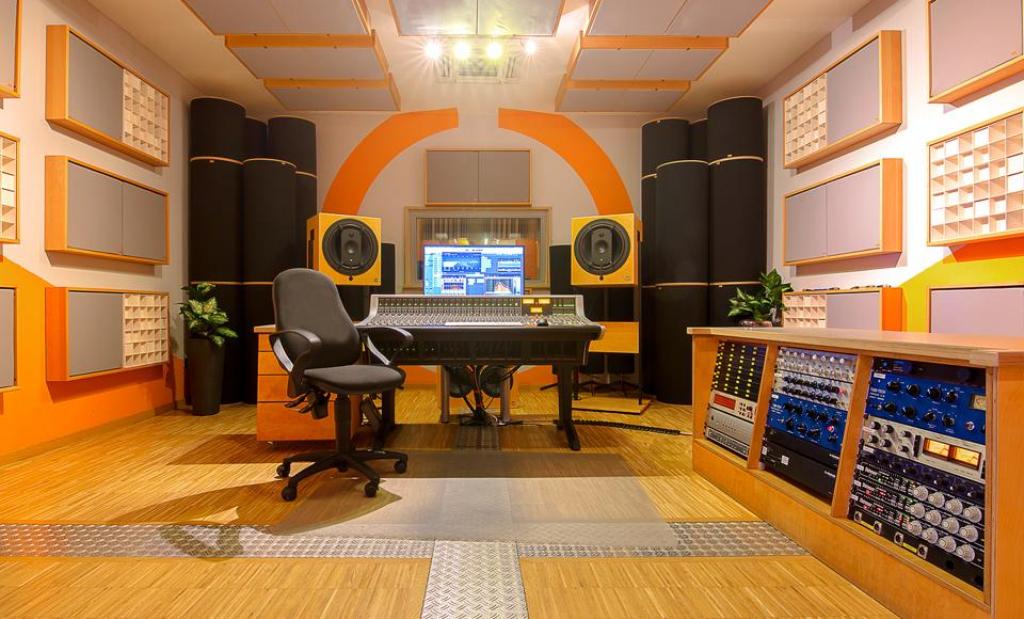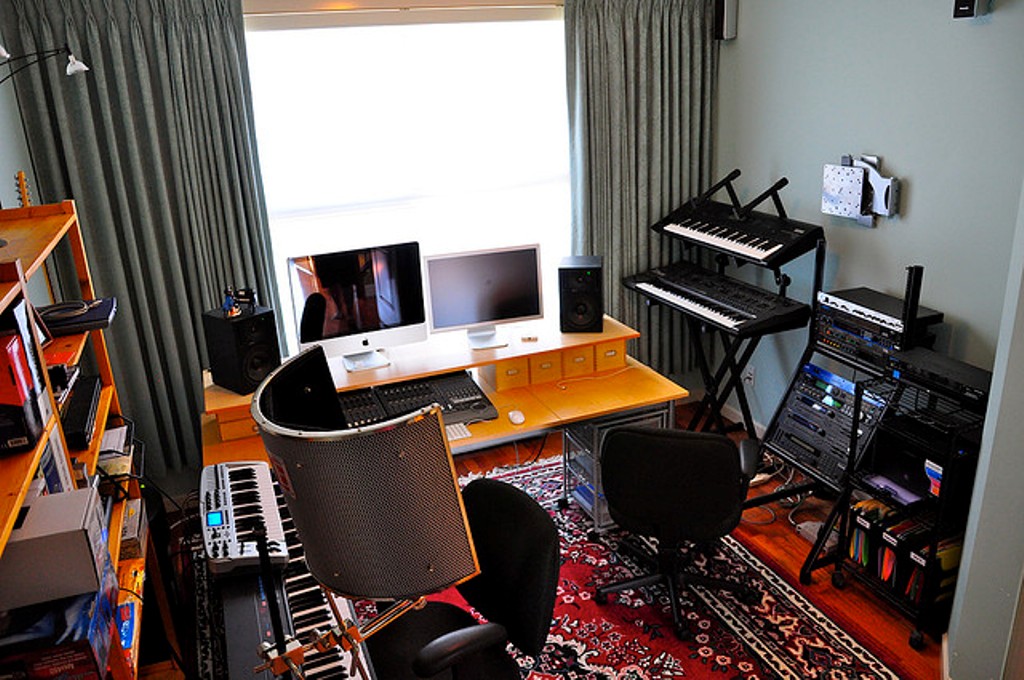In the world of media production, acoustics is a very important subject because of the massive impact it can have on the overall quality of a production be it audio or audio/visual. Generally speaking, acoustics as a subject deals with the properties of sound, the characteristics of a space and how these two interact with each other.
These affect how sound travels within the space and how it is transmitted from that space to external spaces and vice versa. It is a wide and complex subject but we will try to look at the very basics in this article. You can also learn more about acoustics here. Below are different ways on how to soundproof a studio as recommended by Soundproof Zone.
Aspects of Studio Acoustics
Like we noted above, this is a wide subject that can be very confusing. In fact, in studio setups, many young practitioners mix up a lot of different aspects of this subject. To ensure we all have the right understanding of what we are talking about, we will quickly explain the two aspects of acoustics that every studio should know and understand. These two aspects are isolation and acoustic treatment.
Isolation
This is an aspect of studio acoustics that deals with the total sound proofing of the control area or entire space. This is easily the most complicated aspect of acoustic because it involves a lot of construction. It is therefore best to address the issue of isolation or total proofing when the building is still under construction or during a major renovation.
The goal here is to totally prevent audio waves from getting in and out of the studio. This can be achieved by creating a pocket of vacuum around the entire space. Here, you will usually hear terms like having a “room in a room” which means having suspended ceilings, floors and walls and a vacuum between these and the original barriers.
Of course, special materials will also be used to ensure that sound transmission is totally or at least drastically reduced.
Acoustic Treatment
In a studio setting, it is interesting to note that the issue of isolation is not as important as the issue of treatment. While isolation is wholly concerned with the ability of sound to get in and out of the space, acoustic treatment is concerned solely with how these waves interact with the properties of the space.
Of these two, the latter will have a greater impact on the quality of audio produced in the space. This is why this aspect of acoustics is more popular in studios than the former.
This treatment can be carried out at any time because you do not have to carry out major construction works. All you need is an understanding of how sound interacts in any given space and how to ensure you can manage these interactions and make them work for you.
You can get some additional clarity on the difference between treatment and isolation in this video here: https://www.youtube.com/watch?v=k_jqUDIJJdg.
Benefits of the Two Aspects of Acoustics to a Studio
Now that we have briefly looked at the difference between isolation and treatment, let’s quickly look at the importance of both in a studio.
Isolation (Soundproofing)
The main benefit that this offers is the prevention of sound leak into and out of the studio. Once you can achieve this blocking of sound leak, you will enjoy the following:
- Ability to work at all hours without fear of disturbing the neighbors.
- Tracking without interferences from external noise sources.
The two benefits listed above constitute the major benefits that sound proofing will offer any studio.
Acoustic Treatment
Like we have noted above, this is easily the more important of the two except in situations where external noise interference is a serious issue. However, no matter the level of proofing done, treatment is still a requirement. Without proper acoustic treatment, the overall audio production will still be subpar.
With proper acoustic treatment you can achieve the following:
- Reduction of flutter echoes.
- Management of standing waves.
- Achieving of the neutral listening environment required for professional audio mixing and mastering.
From the above, we can come to the conclusion that the ideal solution should be a combination of both soundproofing and treatment. If however one must choose one, then it will have to be treatment.
How To…
Let’s now conclude by looking at a few ways to achieve each of the two aspect of acoustics we looked at above.
Isolation
Remember that the purpose of this process is to prevent the transmission of audio waves between two environments. Like we already stated above, this is best done when a building is still under construction or during major renovation work.
That said, you can also try to achieve a good level of isolation by taking some steps. Before proceeding, you need to understand how sound is transmitted.
Audio waves need a medium to be transmitted which is why the best isolation method is creating a vacuum. For clarity, air, walls, liquids and other elements are all mediums and can all transmit sound.
The first thing you therefore need to do is plug any holes through which air can pass. Once air can pass, audio waves will also pass. Next, you need to look at the barriers in the space you are trying to soundproof. These barriers include your walls, ceiling, windows and doors.
All of these should be made of materials that do not allow the transmission of sound. This will usually be given as a Noise Reduction Coefficient (NRC) rating and have a value of between 0 and 1. A material that has 0 rating means that sound will go through it with ease while 1 means no sound will go through. Look for something that has an NRC rating of at least 0.5.
You should also ensure that the windows and doors are properly sealed so no sound can escape from the edges.
In this issue of isolation, you are likely going to require professional help. You can visit soundproofpros.com to get some assistance.
Treatment
After doing the above or without doing it, you can treat the space with a couple of items. We will quickly list some materials you may need and what these materials are used for.
Acoustic Panels
These are strategically places around the barriers (walls and ceilings) to absorb high and mid frequencies, reducing the occurrence of flutter echoes caused by sound bouncing off parallel walls within a space.
Bass Traps
As the name suggests, these trap those low frequency waves that usually form in the corners of the room. This ensures that the sound you hear in the room is a true interpretation of what is played and will sound the same in any properly treated room.
Diffusers
These can play two roles. They can help liven a room by scattering sound waves around the room providing more live and they can also reduce flutter echoes by breaking sound reflections between parallel walls.
Conclusion
What we have just looked at above is a succinct summary of the subject matter. This is a subject that anyone into any kind of audio or media production must understand or at least take very seriously as it can affect the quality of your productions.





















